Epilepsy & Seizures
What is a Seizure?
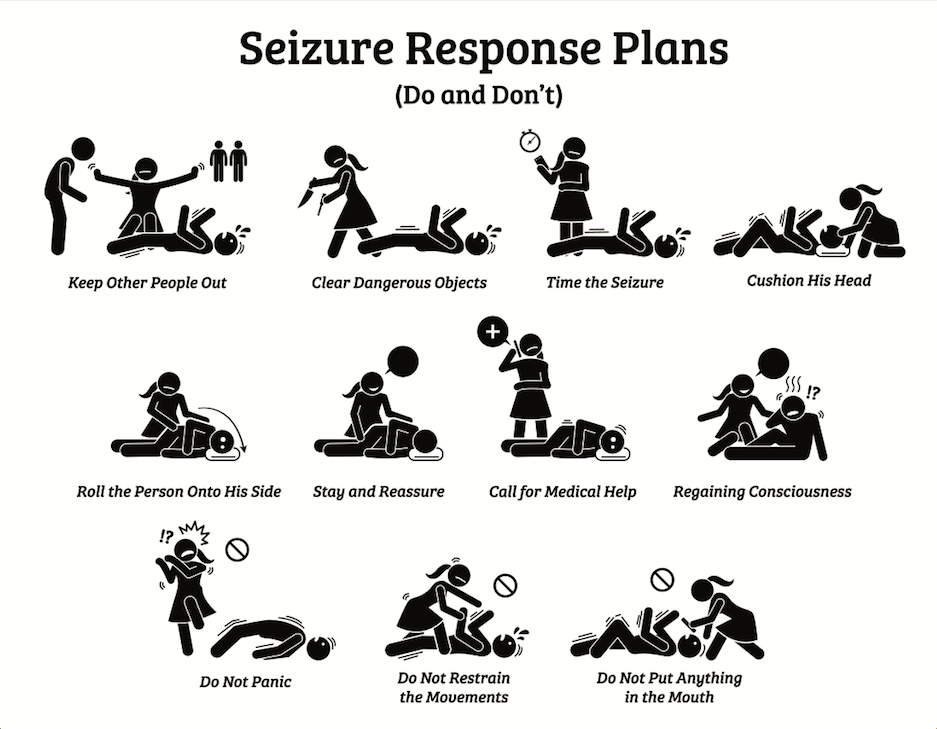
Seizures are brief bursts of aberrant and excessive electrical activity in your brain that might alter your appearance or behaviour. The location and timing of the seizure can have a significant impact.
Seizure Triggers: Epilepsy may have a negative impact on your safety, relationships, employment, driving, and so much more. You must track the trends and conditions that increase the likelihood of the fits occurring.
Types of Seizures
Because these fits differ so greatly, epilepsy professionals regularly reclassify seizure types. Seizures are classified into two types: main generalised seizures and partial seizures. The distinction between these categories is seen in how they begin. Primary generalised seizures begin with a massive electrical discharge involving both sides of the brain at the same time. A partial seizure starts with an electrical discharge in a specific location of the brain.
Primary generalised epilepsy occurs when fits develop on both sides of the brain at the same time. Hereditary variables are crucial in partial generalised epilepsy, which is more likely to involve genetic factors than partial epilepsy, which occurs in a specific area of the brain.
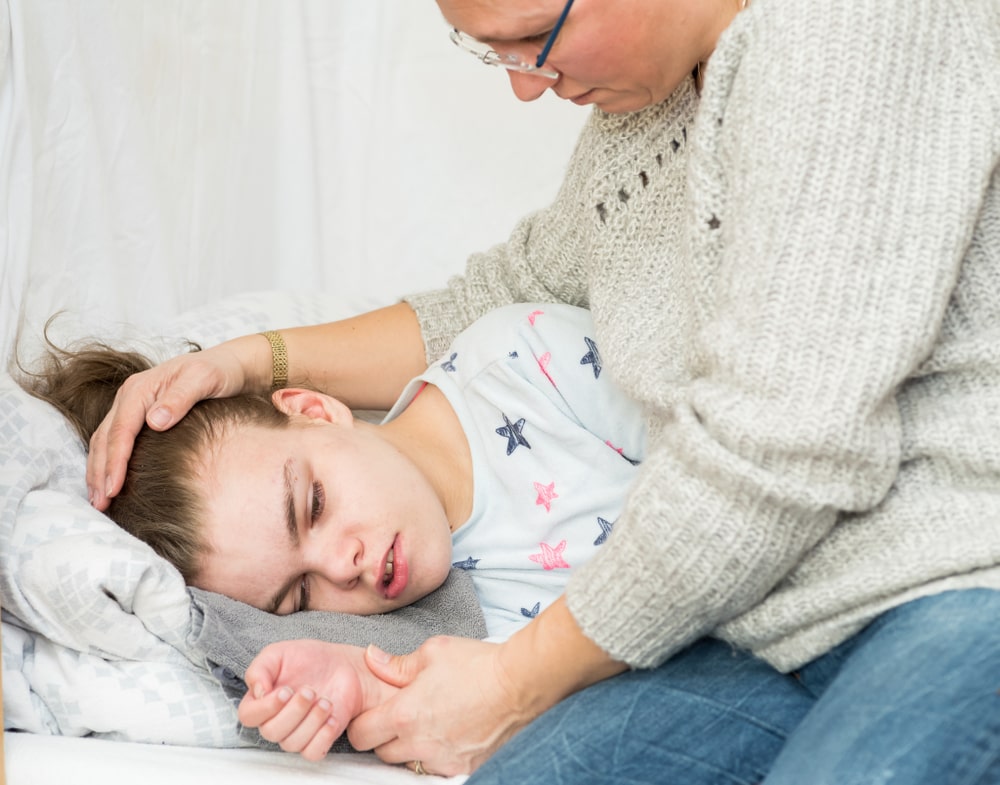
Partial seizures:
Some partial seizures are caused by a head injury, a brain infection, a stroke, or a tumour, but in the majority of instances, the reason is unclear. The capacity to reply and recall is one question used to further categorise partial seizures. The distinction may appear evident, however, there are several levels of awareness impairment or preservation.
The following factors may increase the risk of it in people predisposed to fits:
- Stress
- Sleep deprivation or fatigue
- Insufficient food intake
- Alcohol use or drug abuse
- Failure to take prescribed anticonvulsant medications

Approximately half of patients who experience one seizure without a clear reason will have another within six months. If a person has a known brain damage or other form of brain abnormalities, they are twice as likely to have another seizure. On a count of two seizures, there is an 80% likelihood that she will have more. If the first seizure happened as a result of a brain injury or infection, the patient is more likely to develop epilepsy than if the seizure did not occur as a result of the damage or infection.
For more information, please visit us at Travocure.

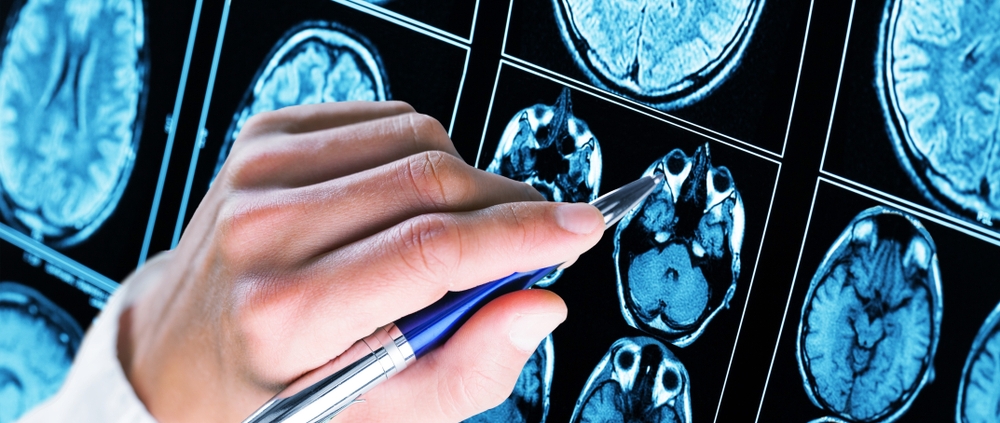

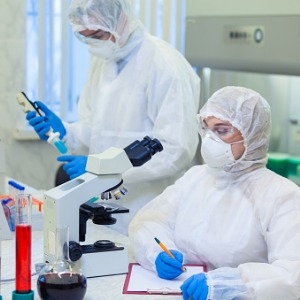


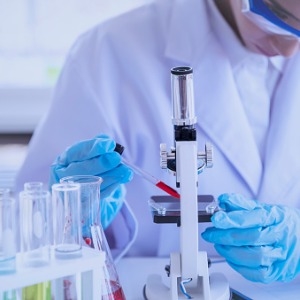
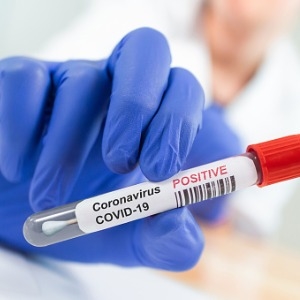








Leave a Reply
Want to join the discussion?Feel free to contribute!